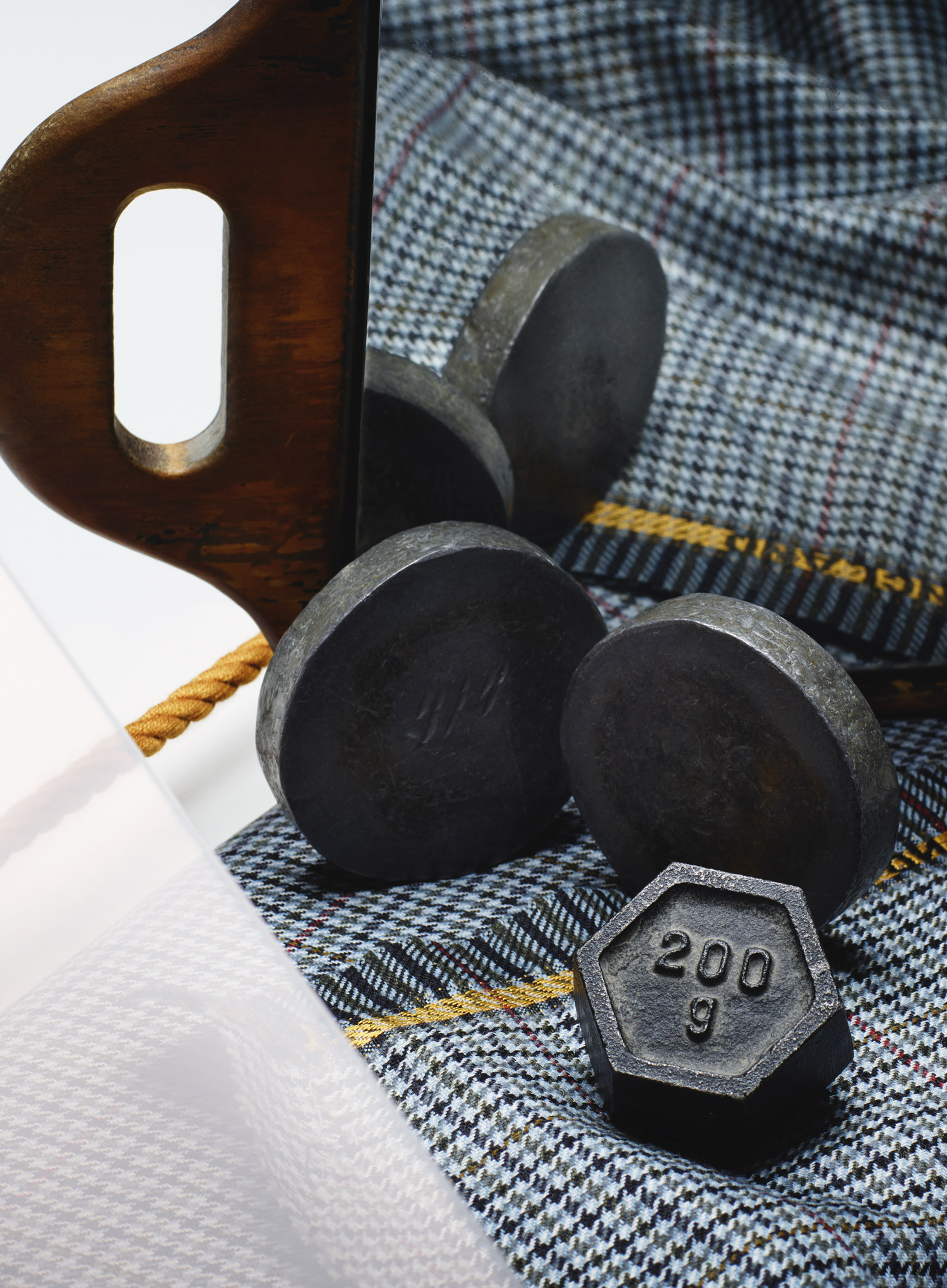There’s a lot of veneration of tradition and ‘classics’ in the drinks world, and it’s almost like if you don’t adhere to that, then you’re slightly strange. When I started veering off that path a while back, everyone was very dismissive, to say the least — until it started working.
There’s this argument about authenticity, about how things should be. But in reality, no one really knows exactly what the drinks in Jerry Thomas’ famous 19th-century Bartenders Guide book — which is regarded as “the canon” — tasted like, or how he made them, or if they were even any good. And we’ll never know, because the spirits, the ingredients, the way they made things, were all different back then. There was no YouTube for us to see how many times he stirred it; all we can do is make a vague stab; there’s almost this fantasy of what they were like.
Besides, what Jerry Thomas was doing was improving all cocktails that came before, which is exactly what we’re doing now. Anything that has become a standard is an improvement on what came before it; there’s a continual creative process, a rediscovering and reinterpreting. And if you work on the premise of “Is it delicious?” then you can push the boundaries quite far — as long as you keep that in mind. Unfortunately, a lot of new techniques are not necessarily about understanding the process, but just trying to achieve something without the understanding. That’s where things start to crumble, and where the generation before will criticise: “Oh look, it doesn’t work.” But you have to make mistakes. There will be things that don’t work, but there will be things that then become standard.
Our place, The Drink Factory, is about making mistakes and finding stuff out, how things work on different levels, to then get to a point where we’ve got a finished drink product that we put in a bar, where there are no mistakes so you get a perfect version. Of late, we’ve been experimenting with the new parameters of savoury flavours. We did a martini for Heston Blumenthal that was based on a classic dirty martini, but it was nothing like a dirty martini at all: it was an olive leaf-infused vermouth that we then stirred a martini down with; so you got this beautiful dry olive note that seeps through the drink and gives you this warmth but doesn’t ever at any point get too ‘olive-y’. What that described for us was a level of accuracy of imparting a very particular flavour, while giving a nod to the past and a classic drink, but then taking it somewhere very new, in an almost minimal way.
Tastes change. The first year that I worked behind a bar, on the Farringdon Road almost two decades ago, if someone ordered a martini I’d have to look it up in a book to see how it was made. Nowadays, we sell an enormous amount of martinis. People’s palates alter, but so does the psychology of drinks. When Casino Royale came out in 2006, everybody wanted to drink Vesper martinis. I’d say, “Are you sure?” They would look mortified, as if I was saying, “You don’t look like Bond.” Then they’d try it and realise it’s a pretty disgusting drink: vodka, gin, Kina Lillet… It’s all over the place. A shaken martini is terrible anyway: it gets all watery and aerated. The whole idea is to have a smooth blend of ingredients, without loads of air. I can maybe understand why you’d want a watered-down martini if you’re living in Jamaica, like Ian Fleming did for a while, because it’s so damn hot. But they don’t taste particularly good anywhere else. I’d politely suggest a gin martini instead.
That’s our primary concern: are people enjoying the drink that they’ve got in front of them? Is it better than the other martinis they’ve had? Are we using the right ice, the right amount of dilution, the right proportions? Are we stirring it the right amount of times? Is it in the right-sized glass? We serve ours in a ratio of 5:1 Beefeater gin to Martini Dry vermouth, olive or twist of lemon depending on the customer, in a small coupe glass so it doesn’t get warm. With big martini glasses, after three to four sips it starts to become really warm and it tastes disgusting. The idea is to have it small and crisp and cold. Beyond that, it’s hardly worth drinking.



